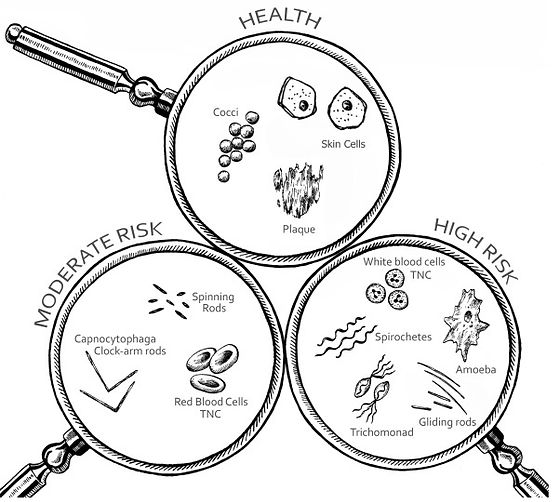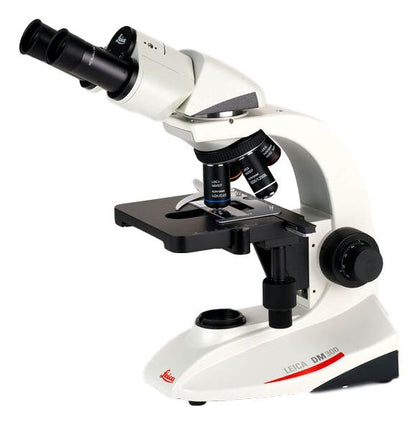Microscopy, or using a microscope is a helpful diagnostic tool in dentistry. Taking samples of plaque from a patient’s mouth and analyzing the bacteria contained in it can explain why many people suffer from bleeding gums and can’t seem to figure out why. Most people will come in for their dental cleanings and check up every 6 months, but sometimes this is not enough. Every person is unique, meaning no one should be recommended the same frequency of maintenance cleanings based off an insurance plan. Many people suffer from gum infection that lingers below the gum line and cannot be sure it is there until seeing a microscopic sample of the bacteria in their mouths.
It is normal to have bacteria in the mouth. We cannot get rid of all the bacteria in the mouth, but we can keep the amount to a minimum, especially the unfavorable bacteria species. A person suffering from active gum disease will present with many bacteria that move very quickly. The bacteria shaped like cork screws are known as spirochetes and are a clear indicator there is too many bacteria in the mouth that have traveled down deep under the gums. It is impossible for floss, an electric toothbrush or even a waterpik to reach down far enough to disrupt the colony of this type of bacteria. That is where a professional scaling and root planning procedure becomes indicated. This procedure involves the dental hygienist performing a “full detail” cleaning under the gum line to remove the bacteria. By doing this, the hope is to reverse the inflammatory response the body produces in response to the bacterial infection. If an infection remains for too long, the inflammatory response will remain as well. An ongoing inflammatory response is directly linked to systemic illness. This means a person with untreated gum disease can acquire heart disease, dementia, gastrointestinal disease, diabetes, and many more preventable illnesses.
Periodontal disease, or gum disease affects 20% of the population. Many people out of this percentage may not even know they have it. Having dental cleanings every 6 months is not sufficient in maintaining the gum health of this population. If someone has been treated for gum disease, it is imperative that they visit the dental hygienist every 3 months to remove bacteria and keep them to a minimum to discourage another harmful inflammatory response. Before utilizing the microscope, dental professionals relied on assessments that only they can see. Now, the microscope will allow the patient a front row view of what is going on in their mouths.


